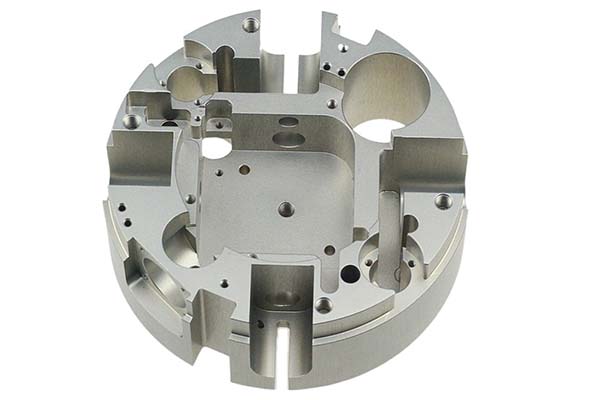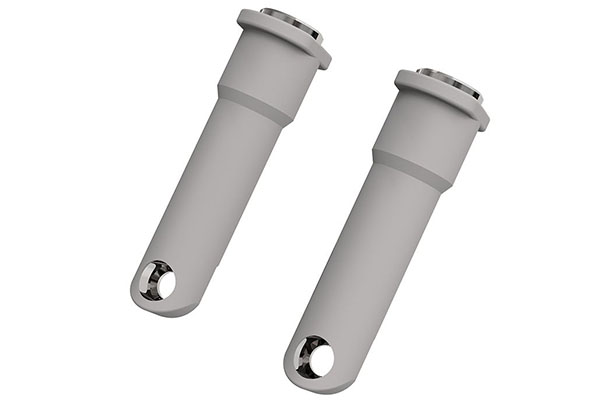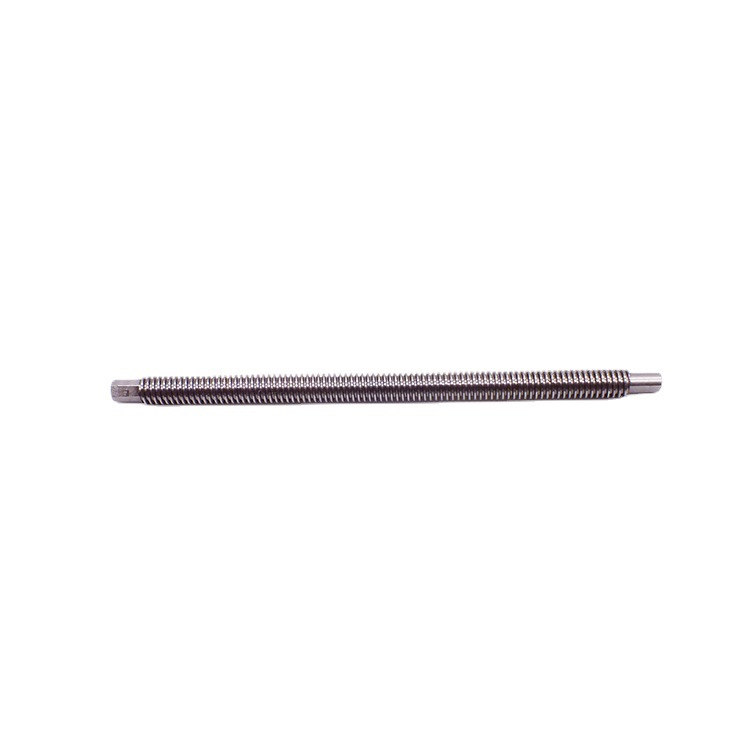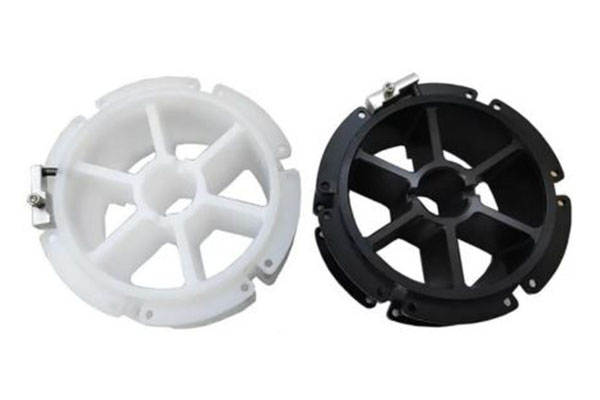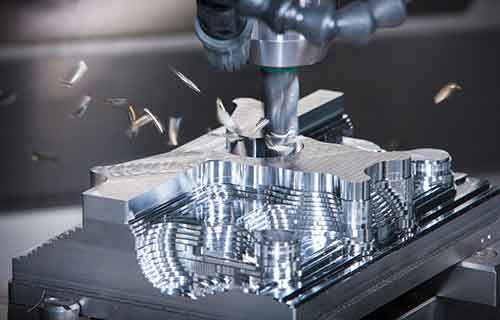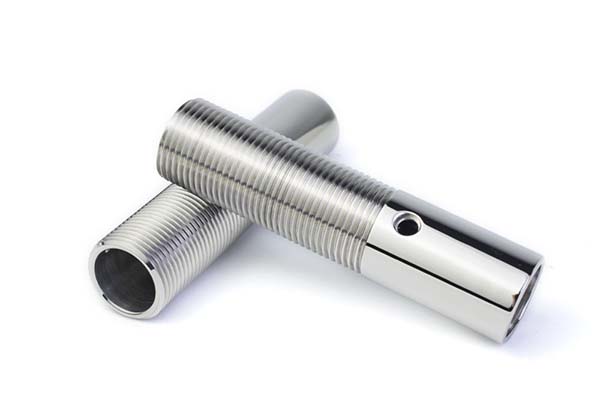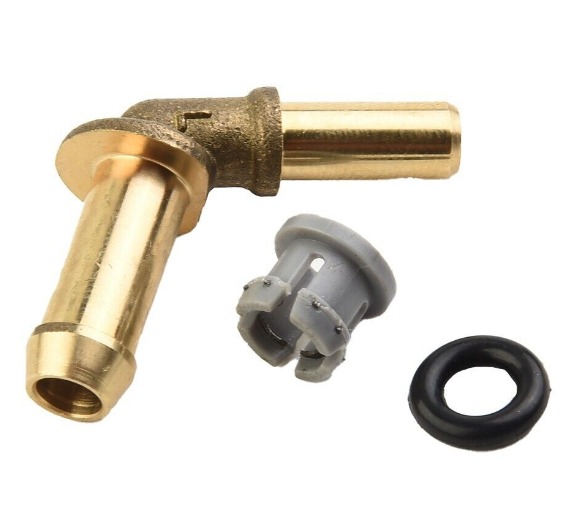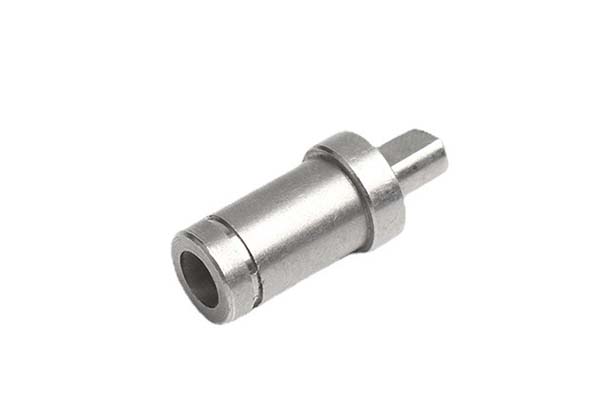Mild Steel 1018 is a staple in manufacturing due to its excellent machinability and affordability, but even this versatile material presents unique challenges. While it’s easier to machine than high-carbon or alloy steels, achieving consistent surface finish and tight tolerance requires careful attention to process parameters. Many manufacturers struggle with chip control during high-speed machining or face unexpected tool wear when using improper cutting tools. Additionally, its relatively low corrosion resistance means post-processing steps are critical for outdoor or humid applications. This guide addresses these pain points, offering actionable strategies to optimize CNC machining Mild Steel (1018) for efficiency, quality, and cost-effectiveness across various industrial applications.
Material Properties of Mild Steel (1018)
Mild Steel 1018 is a low-carbon steel known for its balanced combination of machinability, strength, and ductility:
- Material Composition: Contains 0.15-0.20% carbon, 0.60-0.90% manganese, 0.04% maximum phosphorus, 0.05% maximum sulfur, and the remainder iron. This low carbon content enhances machinability while providing sufficient strength for general-purpose applications.
- Mechanical Properties:
- Tensile Strength: 440 MPa (64,000 psi), making it suitable for structural components and fasteners.
- Yield Strength: 370 MPa (54,000 psi), ensuring good load-bearing capacity in non-critical applications.
- Ductility: 25% elongation in 50 mm, allowing for bending and forming without cracking—ideal for parts requiring shaping after machining.
- Machinability: Rated at 70% compared to 1215 free-machining steel (100%), but still significantly better than higher-carbon steels. Its softness (119-159 HB) reduces cutting forces, enabling faster speeds and longer tool life.
- Weldability: Excellent, with minimal risk of cracking due to low carbon content. It can be welded using all common methods (MIG, TIG, stick welding) without preheating, simplifying fabrication of assemblies.
- Corrosion Resistance: Limited—uncoated parts will rust in humid or outdoor environments. Requires painting, plating, or galvanizing for long-term corrosion protection.
- Heat Treatment: Not typically heat-treated for hardness, as it lacks sufficient carbon to respond effectively. Annealing at 870°C followed by slow cooling can reduce residual stresses, improving dimensional stability in precision parts.
These properties make Mild Steel 1018 ideal for prototyping, low-stress components, and high-volume production where cost and machinability are prioritized.
CNC Machining Processes
Core Machining Operations
CNC machining Mild Steel (1018) leverages its machinability to achieve efficient production and high precision:
- Turning: Ideal for cylindrical parts like shafts and bolts. Uses single-point cutting tools to remove material from rotating workpieces, with cutting speeds ranging from 150-250 m/min. Thread cutting on lathes produces precise threads (UNC, metric) with tolerances up to 6g, suitable for fasteners and fittings.
- Milling: Creates flat surfaces, slots, and complex 3D features. 2-4 flute end mills are standard, with cutting speeds of 120-200 m/min. Climb milling (tool feeds in the same direction as workpiece rotation) improves surface finish by reducing tool deflection.
- Drilling: Produces holes efficiently with drill bits—high-speed steel (HSS) drills work well for low-volume production, while carbide drills extend tool life in high-volume runs. Peck drilling (intermittent retraction) prevents chip packing in deep holes (>3× diameter).
- Boring: Enlarges existing holes to tight tolerances (±0.01 mm), critical for bearing bores in housings. Boring bars with carbide inserts achieve surface finishes of Ra 1.6 μm, ensuring proper fit for rotating components.
- Surface Finishing: Includes facing, chamfering, and deburring to remove sharp edges. Precision machining with fine feeds (0.05 mm/rev) achieves Ra 0.8 μm finishes for parts requiring smooth contact surfaces.
Process Optimization Tips
- Use automated machining with pallet changers to maximize throughput in high-volume production, reducing setup time by 50% or more.
- Program G-code with optimized toolpaths—avoiding sharp direction changes minimizes vibration, improving surface finish and tool life.
- Combine operations (e.g., drilling + countersinking) in a single setup to reduce handling and improve dimensional accuracy between features.
Tools and Equipment for CNC Machining
Cutting Tools and Machinery
- CNC Machines:
- Lathe: Horizontal or vertical lathes with spindle speeds up to 3000 RPM handle turning operations, with live tooling enabling milling and drilling without part repositioning.
- Milling Machine: 3-axis vertical machining centers (VMCs) are standard for flat parts, while 4-axis machines accommodate more complex geometries like cams and brackets.
- Drilling Machine: CNC drill presses with multi-spindle heads excel in high-volume hole production, with cycle times as low as 2 seconds per hole for small diameters.
- Cutting Tools:
- End Mills: Carbide 2-flute designs for roughing (high material removal) and 4-flute tools for finishing (improved surface quality). Coatings like TiN (titanium nitride) extend tool life by 30% compared to uncoated carbide.
- Drill Bits: HSS drills work for low-volume jobs, while carbide-tipped drills are cost-effective for high-volume production, lasting 5-10× longer.
- Lathe Tools: Carbide inserts with positive rake angles reduce cutting forces, preventing tool deflection and improving surface finish.
- Coolant Systems: Flood cooling with soluble oil (5-10% concentration) reduces heat buildup and flushes chips, extending tool life and improving surface finish. Minimum quantity lubrication (MQL) is suitable for small parts, reducing coolant waste by 95%.
- Workholding: Chucks and clamps with sufficient gripping force prevent workpiece movement during machining. 3-jaw chucks are standard for round parts, while vises with soft jaws protect finished surfaces in milling operations.
Applications of CNC Machined Mild Steel (1018)
Mild Steel 1018 is widely used across industries for its versatility and cost-effectiveness:
- Automotive Parts: Brackets, mounting plates, and linkage components benefit from its machinability and weldability. A case study showed a 20% cost reduction compared to using 1045 steel for non-critical chassis parts.
- Mechanical Components: Gears, pulleys, and shafts for low-torque applications leverage its balance of strength and ductility. CNC turning produces precise diameters (±0.01 mm) for proper bearing fits.
- Structural Components: Frames, supports, and braces in industrial machinery—its weldability allows fabrication of complex structures from machined parts.
- Fasteners: Bolts, nuts, and screws with threads cut via thread cutting or rolling, meeting ASTM standards for tensile strength and thread accuracy.
- Consumer Goods: Furniture hardware, tool handles, and appliance parts—cost-effective production via automated machining keeps retail prices competitive.
- Prototyping: Ideal for functional prototypes, as CNC machining produces parts quickly and affordably, allowing design validation before scaling to higher-cost materials.
Quality and Surface Finish
Achieving Consistent Quality
- Tolerance: Mild Steel 1018 holds tight tolerances of ±0.01 mm for critical features like hole positions and shaft diameters, achievable with standard CNC machines and carbide tools.
- Surface Finish:
- Typical finishes range from Ra 1.6 μm (roughing) to Ra 0.8 μm (finishing) with proper tool selection and feeds. Polishing can achieve Ra 0.025 μm for decorative parts, though this adds production time and cost.
- Roughness issues like tool marks result from dull tools or excessive feed rates—replace tools at 0.3 mm flank wear and reduce feed by 10-15% to improve finish.
- Inspection: Use calipers and micrometers for simple dimensions (±0.001 mm resolution) and CMM (Coordinate Measuring Machine) for complex geometries, ensuring compliance with design specifications.
- Coating: Enhance corrosion resistance with zinc plating (salt spray resistance: 48-96 hours), powder coating (outdoor durability: 5-10 years), or painting. Anodizing is not applicable to steel, but galvanizing provides excellent rust protection for outdoor structural parts.
Quality Control Best Practices
- Implement first-article inspection for new part runs, verifying dimensions and surface finish before full production.
- Use statistical process control (SPC) to monitor key dimensions, with control limits set at ±3σ to catch variations early—critical for high-volume production of fasteners and fittings.
- Perform regular tool audits to ensure cutting edges are sharp, reducing rework rates due to poor surface finish or dimensional inaccuracies.
Yigu Technology’s Perspective
At Yigu Technology, we specialize in CNC machining Mild Steel (1018) for diverse applications, from automotive brackets to consumer goods. Our data shows that using TiN-coated carbide tools at 180-220 m/min cutting speeds reduces tool wear by 35% compared to uncoated tools, lowering production costs. We achieve surface finish as low as Ra 0.8 μm with optimized feeds (0.1-0.15 mm/rev) and rigid workholding, ensuring parts meet automotive and industrial standards. For high-volume runs, our automated cells with pallet changers reduce cycle times by 40%, while our quality control includes CMM inspections for critical dimensions. We also offer post-processing (plating, painting) to enhance corrosion resistance, providing turnkey solutions for clients. Our expertise with Mild Steel 1018 ensures balance between cost, speed, and quality—ideal for prototyping and production alike.
FAQ
- Why is Mild Steel 1018 preferred for CNC machining?
Mild Steel 1018 offers excellent machinability due to its low carbon content and softness (119-159 HB), allowing high cutting speeds (150-250 m/min) and long tool life. Its affordability and weldability further make it ideal for prototyping, high-volume production, and components where high strength isn’t critical.
- What surface finishes can be achieved with CNC machined 1018 steel?
Typical finishes range from Ra 3.2 μm (roughing) to Ra 0.8 μm (finishing) with standard carbide tools. With fine feeds (0.05 mm/rev) and sharp tools, Ra 0.4 μm is achievable for parts requiring smooth contact surfaces. Post-processing like polishing can further reduce roughness to Ra 0.025 μm for decorative applications.
- How does 1018 steel’s corrosion resistance affect its applications?
Mild Steel 1018 has limited corrosion resistance and will rust without protection. It’s suitable for indoor, dry environments or parts with coatings (paint, zinc plating). For outdoor or humid applications, galvanizing or powder coating is required to prevent rust, extending service life by 5-10× compared to uncoated parts.
